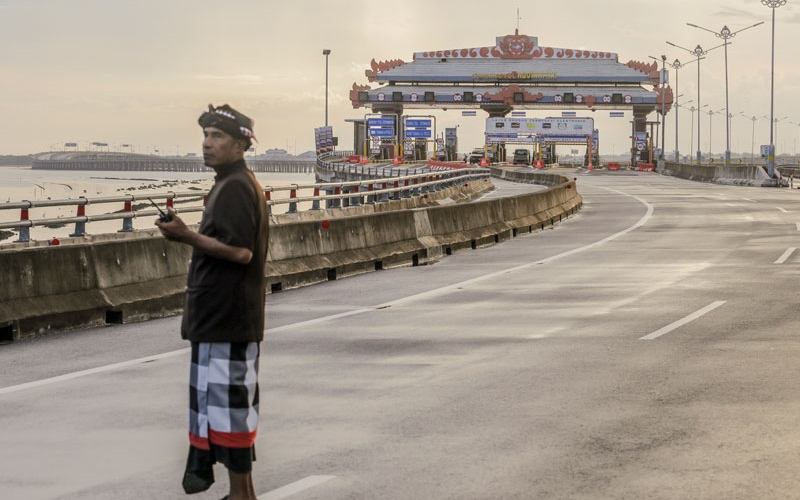A festival in Bali, special for performing tapa brata penyepian and fasting. A festival where everything is deserted, less signs of human footprints on nature, and the hard-to-not-notice the quite surroundings. The Balinese”Day of Silence”. of morely known as Nyepi, is a Balinese festival of silence. Nyepi is a day that the Hindu Balinese dedicate completely to connect more deeply with the God (Hyang Widhi Wasa) through prayer, fasting and meditation with an additional layer of introspection of self, to evaluate personal values such as love, truth, patience, kindeness, and generosity. This religious ceremony is bigger and more lavish than any other in the year. The festival is commemorated every Isakawarsa (Saka new year) according to the Balinese calendar. It is a Hindu celebration, mainly celebrated in Bali, Indonesia. Nyepi, a public holiday in Indonesia, is a day of silence, fasting and meditation aswell for the Balinese people. The day following Nyepi is also celebrated as New Year’s Day, where on this day, the yout of Bali in the village of Sesetan in South Bali practice the ceremony of Omed-omedan, or “The Kissing Ritual” to celebrate new year.
The festival is observed from 6 A.M. until the next 6 A.M. in the next morning. Nyepi is a day reserved for selfreflection, and as such, anything that might interfere with that purpose is restricted. The main restrictions are no lightning fires (lights must be kept in low brightness), no working, no entertainment or pleasure, no travelling, and for some, no talking or eating at all. The effect of these prohobitions is that Bali’s usually bustling streests and roads are empety, there is little or no noise from TVs and radios, and few signs o facivity are seen even inside homes. The only people to be seen on outdoors are the Pecalang, traditional security men whi patrol the streets to ensure the prohibitions are being followed.
Although Nyepi is primarily a Hindu holiday, non-Hindu residents and tourist are not exempt from the restrictions. Although they are free to do as they wish inside their hotels, no one is still allowed onto the beaches or streets, and the only exceptions granted are for emergency vehicles rsponding to life-threating conditions and women about to guve birth.
Before Nyepi is where it all started to happen. It begins with prayers in the family temples followed by ‘pengrupukan’, where family members clang a series fo lud object (pots, pans, instruments) around their homes or compounds to chase away malevolent spirits. These spirits are represented by the ogoh-ogoh sculptures which will then be paraded down the streets, from each individual banjar at 3 pm toward down. These sculptures can go up to 25 feet and is very heavy. With the help of a bamboo grid, a large group of men carry the ogoh-ogoh followed by Balinese gamelan musicians. And so, the following day is where Nyepi starts. After Nyepi rituals are performed, the Yoga/Brata Ritual starts, from 6:00 A.M. and continues to 6:00 A.M. the next morning
After Nyepi, all Hindus perform the ritual of Ngebak Geni or Labuh Brata Ritual, which is where all Hindus forgive eact other and welcome the new days to come. Ngembak is the day when Catur Berata Penyepian is over, and the Balinese Hindus visit families, neighbours and relatives to exchange forgiveness. They also conduct the Dharma Canthi, activities of reading Sloka, kekidung and Kekawi (ancient scripts containing songs and lyrics). When all Nyepi ritual are finished. The Dharma Shanti Rituals is performed.
While Nyepi, there is a myth that, after the boisterous and active celebrations of day 1 and day 2, the Island goesinto hiding to protect itself from the evil spirits, fooling them to believe that Bali, enveloped in an atmosphere of complete tranquility and peace, a deserted Island. This myth dates back to the mythical times of evil spirits, and gods.

